Google has just invested $11.1 million in a Finnish startup to develop technology that turns any transparent surface into a mixed reality display.
Distance Technologies, a newly funded startup, aims to bring mixed reality technology to any car windshield or airplane cockpit, allowing users to view 3D digital objects right above the dashboard.
Currently, to experience augmented reality, users are forced to use bulky hardware devices such as headsets and glasses. Meanwhile, Distance's technology does not require such devices.

“One of the big barriers to mixed reality is finding a neat solution in terms of devices,” Urho Konttori, CEO and co-founder of Distance, told CNBC . Konttori was previously the chief technology officer of Varjo, another Helsinki-based mixed reality company.
The next generation of user interfaces
GV, formerly known as Google Ventures, is also an investor in Distance, saying it was attracted to the “potential to build the next generation of user interfaces.”
“We’re particularly excited about how some of the shorter-term paths to market for this technology in the automotive and aerospace industries will allow users to have access to this technology,” said Roni Hiranand, head of GV.
Commercializing mixed reality is no easy task. For starters, mixed reality headsets are still expensive. Apple’s Vision Pro and Microsoft’s HoloLens 2 both start at $3,500. Meanwhile, The Verge reports that Meta is developing new augmented reality headsets that will cost up to $10,000 to produce.
Augmented reality heads-up displays, or HUDs, are not a new phenomenon in the auto industry. Companies have been working to add these features to cars for years, with tech giant Huawei being one of the pioneers.
A number of other display technology companies are also developing their own AR HUDs for cars, including First International Computer, Spectralics, Envisics, Futurus, CY Vision, Raythink, Denso, Bosch, Continental, and Panasonic.
However, the limitation of most AR HUDs is that they can only display in a specific corner or the bottom half of the screen. According to Jussi Mäkinen, marketing director at Distance Technologies, the company's system can solve this problem by covering the entire surface of any transparent surface.
Potential for aerospace and defense
Besides targeting the global automotive market, Distance's technology is also primarily focused on the aerospace and defense sectors.
According to Konttori, Distance works by using tracking technology to determine where you're looking and then calculating the correct light field to match the exact location of your eyes.
Distance's solution adds an optical layer on top of most liquid crystal displays (LCDs), allowing the company's technology to project images where your eyes are focused.
Using this technique, Distance can separate the light field into the left and right eyes, while creating an additional optical layer underneath that produces high brightness.
Distance says its system is capable of generating “infinite” pixel depth, meaning it can create a life-sized field of view in any setting, whether you're driving a car or flying an F-18 fighter jet.
(According to CNBC, The Verge)

Source: https://vietnamnet.vn/dua-cong-nghe-thuc-te-hon-hop-len-kinh-chan-gio-o-to-khong-can-thiet-bi-deo-2326409.html




![[Photo] Prime Minister Pham Minh Chinh chairs the meeting of the Government Party Committee Standing Committee](https://vstatic.vietnam.vn/vietnam/resource/IMAGE/2025/8/23/8e94aa3d26424d1ab1528c3e4bbacc45)


![[Photo] General Secretary To Lam attends the 80th Anniversary of the Cultural Sector's Traditional Day](https://vstatic.vietnam.vn/vietnam/resource/IMAGE/2025/8/23/7a88e6b58502490aa153adf8f0eec2b2)

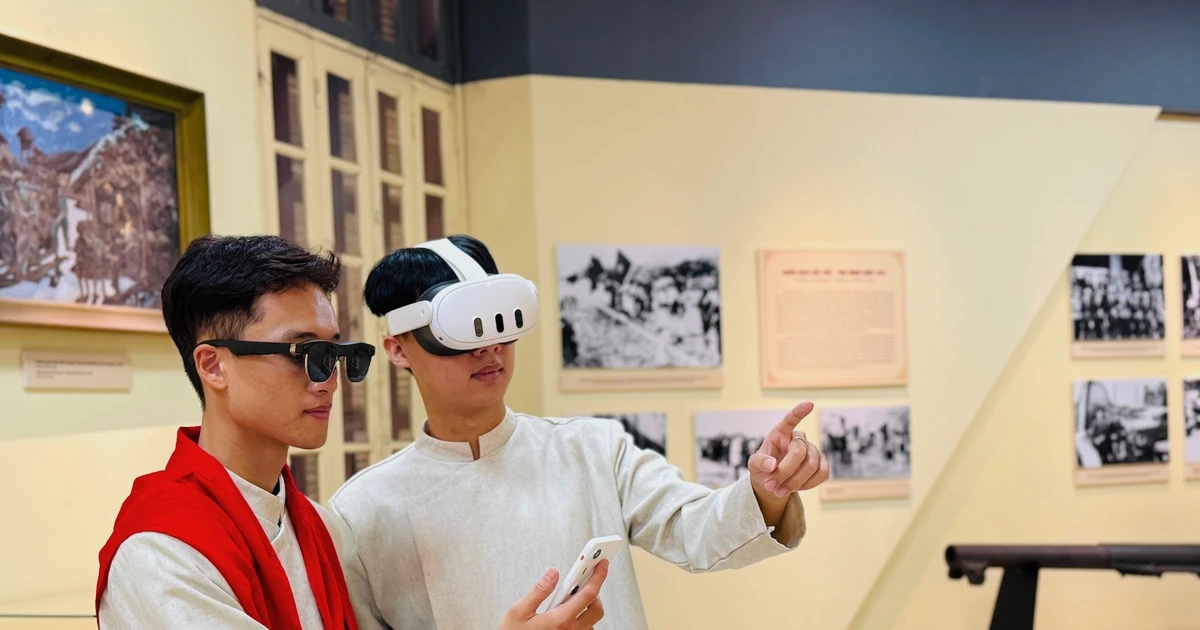

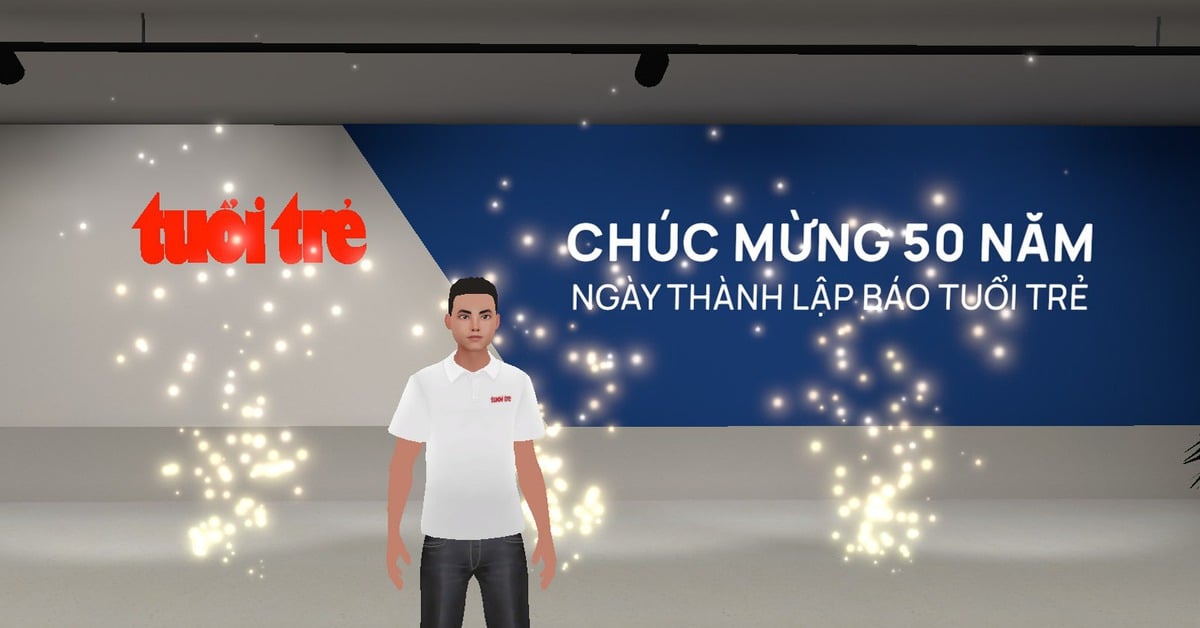


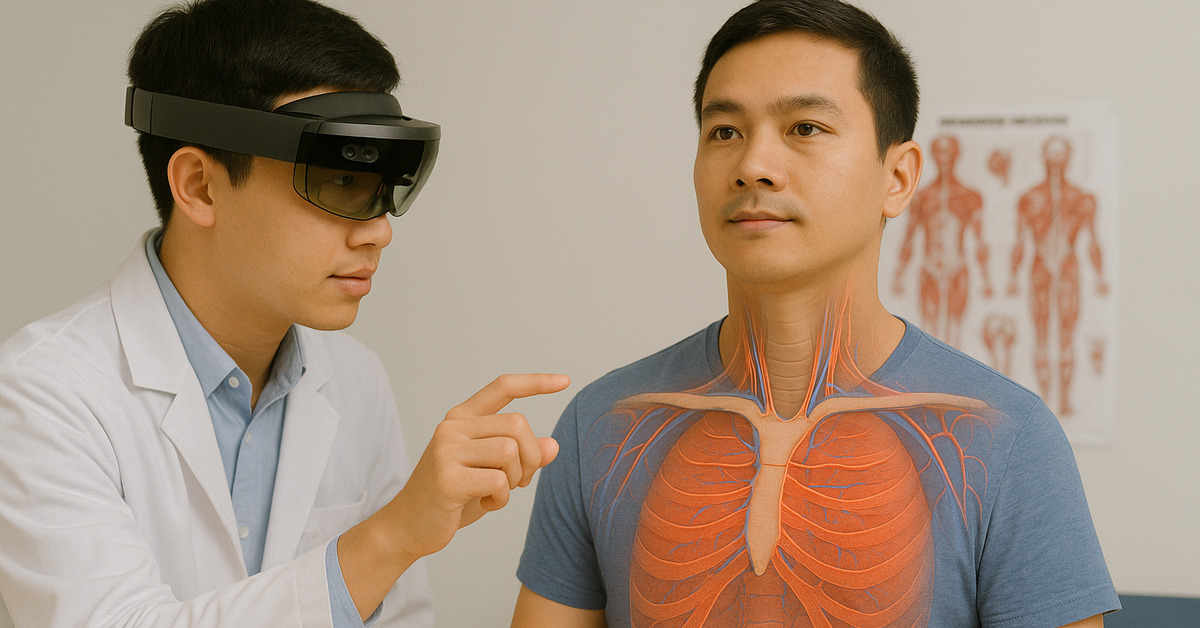
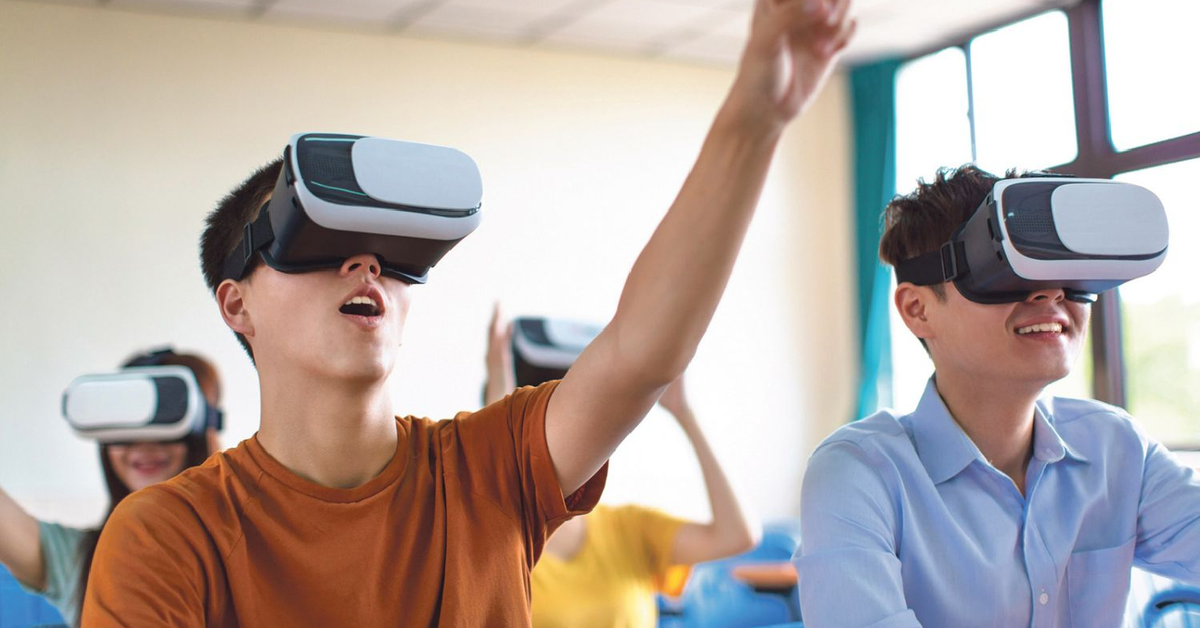


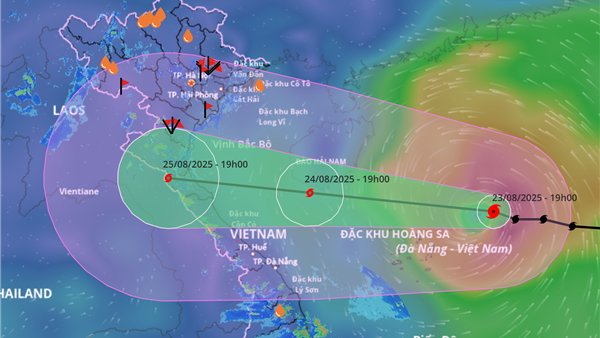




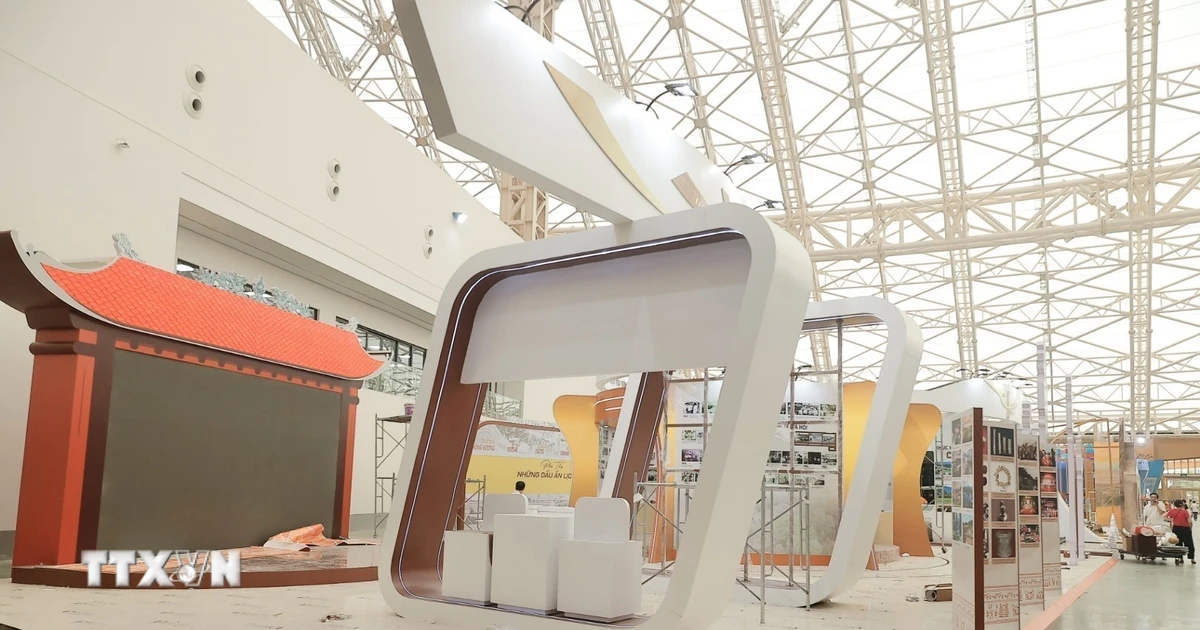



























































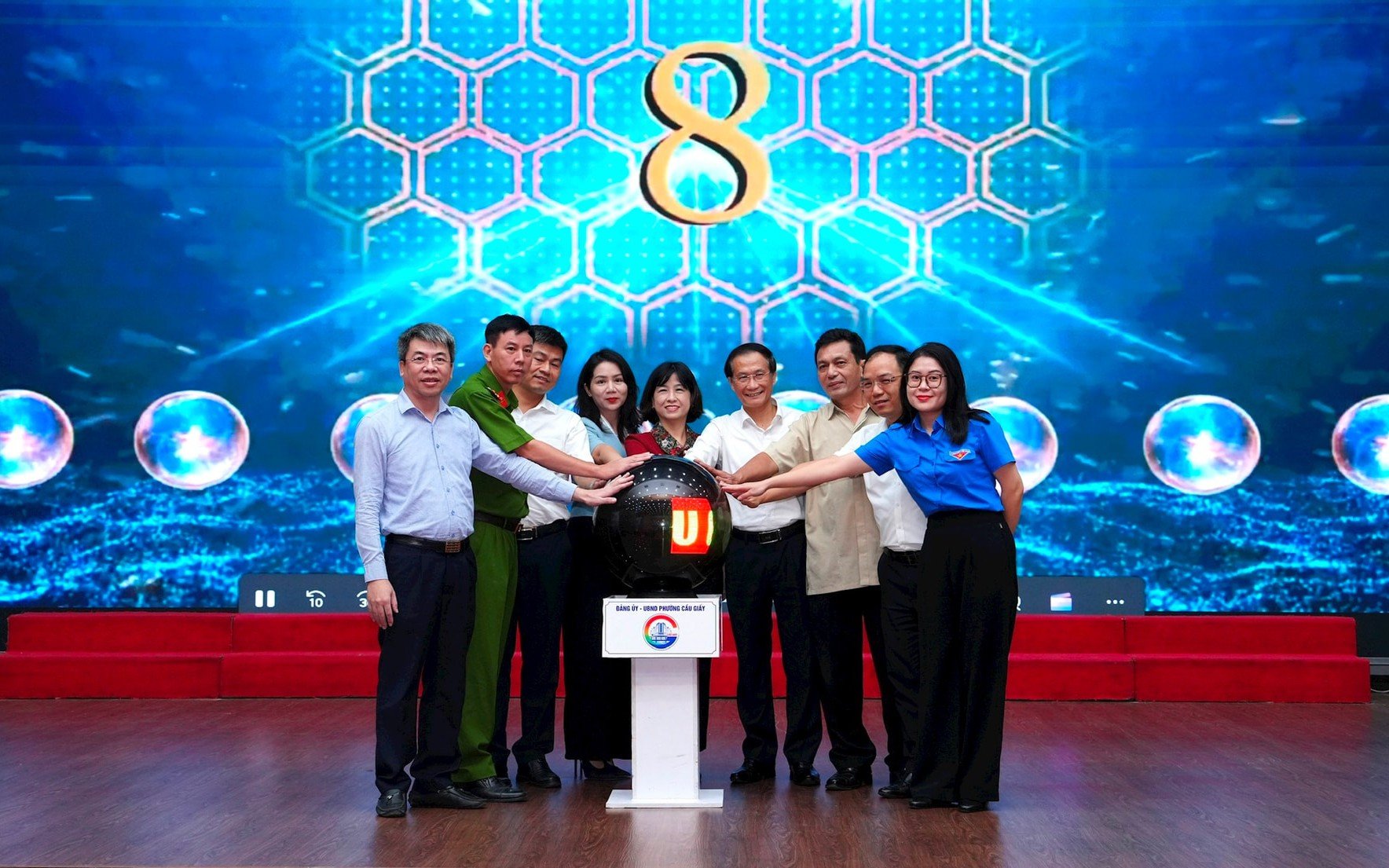

















Comment (0)